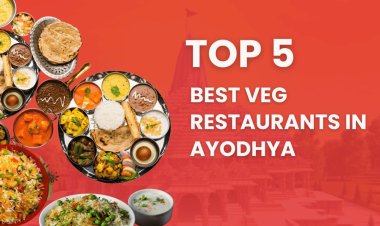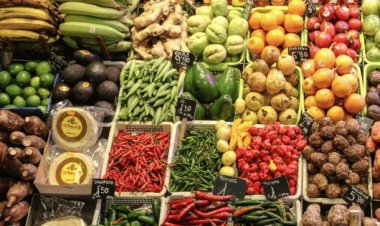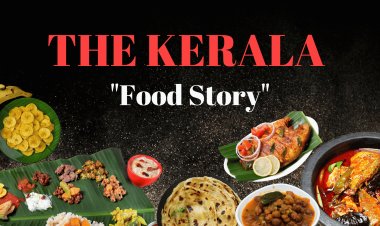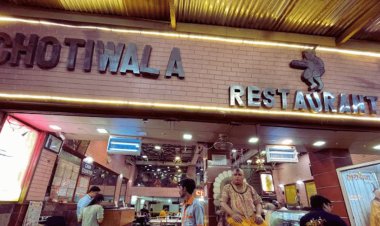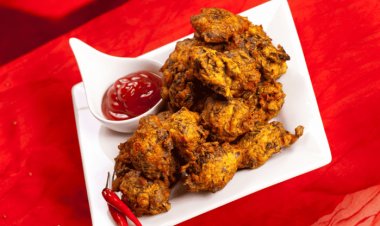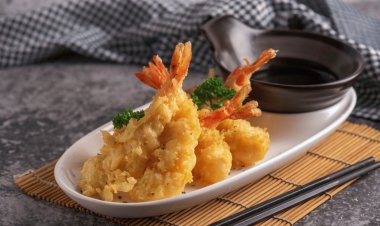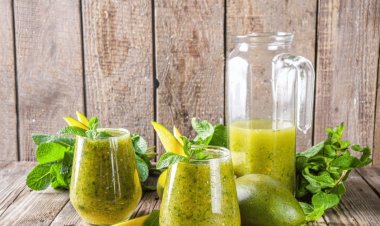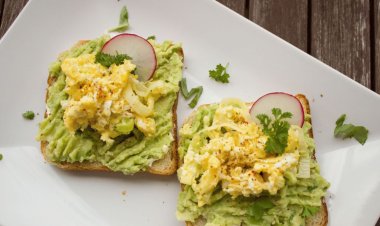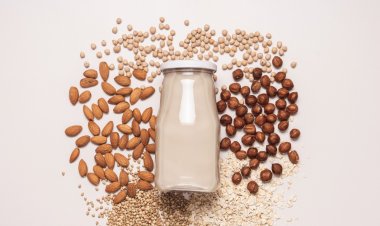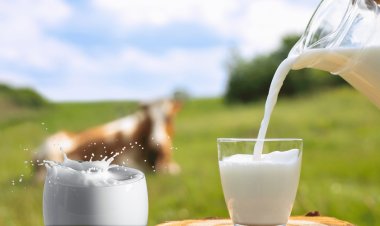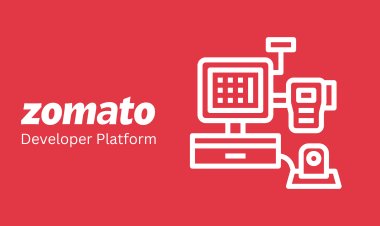AI in the Food Industry: How AI is Revolutionizing Home Cooking, Fast Food, and Food Supply Chains
Know how AI is transforming kitchens, fast-food chains, and food supply chains in 2025. From smart cooking apps to robotic chefs and AI-driven logistics—explore the future of food.
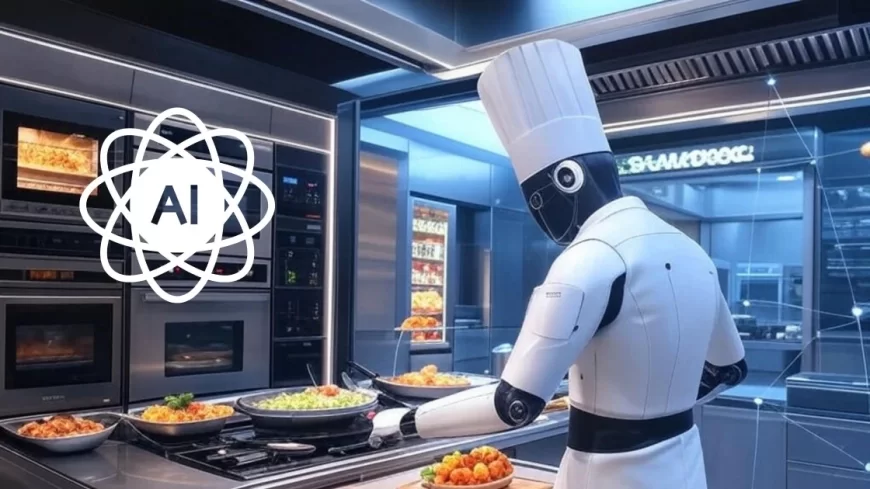
Artificial Intelligence (AI) is no longer a futuristic dream—it’s a present-day force reshaping how we prepare, serve, and manage food. As of April 2025, AI has made its way into homes, restaurants, and global supply chains, revolutionizing cooking practices, improving efficiency, and minimizing food waste. Let’s explore how AI is transforming three critical areas: home cooking, fast-food chains, and food logistics.
AI in Home Cooking: Your Personal Sous-Chef
For home cooks, AI-powered tools are redefining convenience and creativity. Apps like Yummly and Mealime use AI to suggest personalized recipes based on dietary preferences, pantry inventory, and even mood. The newly launched Samsung Food app takes it a step further—simply snap a photo of your fridge, and the app suggests recipes based on the ingredients it sees.
Smart kitchen appliances are also getting a high-tech upgrade. The Chef IQ Mini Oven, launched in late 2024, uses AI to automatically adjust cooking times and temperatures. Meanwhile, Nosh by Euphotic Labs, a robotic kitchen assistant, can cook over 200 dishes autonomously and has seen a 150% increase in sales in the past six months alone.
Stat Check: AI-assisted cooking can reduce meal prep time by up to 30%, and digital meal planning tools are used by 68% of U.S. consumers (Tastewise, 2025).
Smart bins like Mill’s AI-powered waste tracker analyze what you throw away and suggest recipes to reduce waste. With over 482 million smart homes projected globally by the end of 2025 (Statista), AI is making kitchens more sustainable and user-friendly.
AI in Fast-Food Chains: Speed, Scale, and Consistency
AI is also transforming the fast-food industry. Robotic chefs like Flippy 2 by Miso Robotics are now deployed in over 200 U.S. locations, including White Castle and Jack in the Box. These robots can fry, flip, and plate food with zero human intervention, improving speed and reducing labor costs.
Drive-thru ordering is now powered by AI too. Wendy’s FreshAI, now active in 600+ outlets, uses voice recognition to take orders with 95% accuracy, cutting wait times by 22 seconds per order. Similarly, Yum! Brands rolled out its Byte by Yum! AI suite, optimizing workflows and reducing food waste by 18% across test locations.
Fast Fact: AI adoption helped Chipotle cut operational expenses by 12% in 2024.
Experts predict that by 2027, 30% of U.S. fast-food outlets will feature fully automated kitchens (Hyper Robotics). Consumers benefit from faster, safer, and more consistent food experiences.
AI in Supply Chains: From Farm to Fork
AI is also optimizing food production and distribution. In 2025, the AI market in food and beverage supply chains is valued at $9.68 billion, and is expected to grow at a 38.3% CAGR, reaching $48.99 billion by 2029.
Companies like Unilever use AI to predict demand—cutting ice cream overproduction by 15% using weather-based models. Walmart, with its acquisition of Intellificiency, reduced spoilage by 10% across 4,000 stores.
On farms, AI drones and sensors monitor crop health, while processors like Dole and McCain Foods use AI-powered sorters from Tomra Systems for ultra-accurate quality control. Logistics platforms like Throughput optimize delivery routes, cutting fuel use by 8% for brands like Kraft Heinz.
Tech Note: AI combined with blockchain has allowed Nestlé to trace 80% of its coffee supply chain—boosting transparency and consumer trust.
Challenges and the Road Ahead
Despite its benefits, AI in food has its hurdles. High-tech gadgets like Moley Robotics' $300,000 kitchen are still out of reach for most households. Privacy concerns also arise as AI apps collect detailed eating behavior data.
Fast-food automation raises concerns about job displacement, although industry leaders argue this shift will enable human workers to focus on higher-value roles like customer interaction. Additionally, only 35% of mid-sized food companies have fully adopted AI, according to a 2025 McKinsey survey, due to integration challenges with legacy systems.
The Future of Food: Smarter, Safer, and More Sustainable
Looking ahead, AI promises to make food smarter and more personalized. From AI-powered recipe recommendations to fully autonomous restaurants, the way we cook, eat, and manage food is undergoing a seismic shift.
By 2030, AI could reduce global food waste by 20%, saving over $300 billion annually (FAO).
Whether you're a home cook with a smartphone, a fast-food giant with robotic staff, or a supply chain manager optimizing routes, AI is revolutionizing the entire food ecosystem—one smart step at a time.
What's Your Reaction?
 Like
0
Like
0
 Dislike
0
Dislike
0
 Love
0
Love
0
 Funny
0
Funny
0
 Angry
0
Angry
0
 Sad
0
Sad
0
 Wow
0
Wow
0































